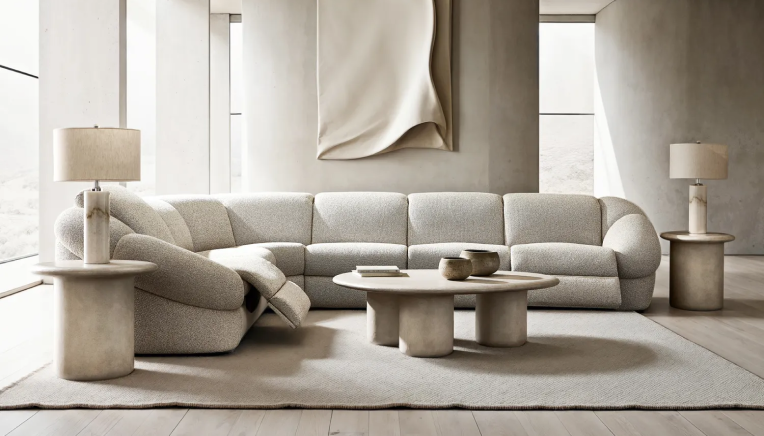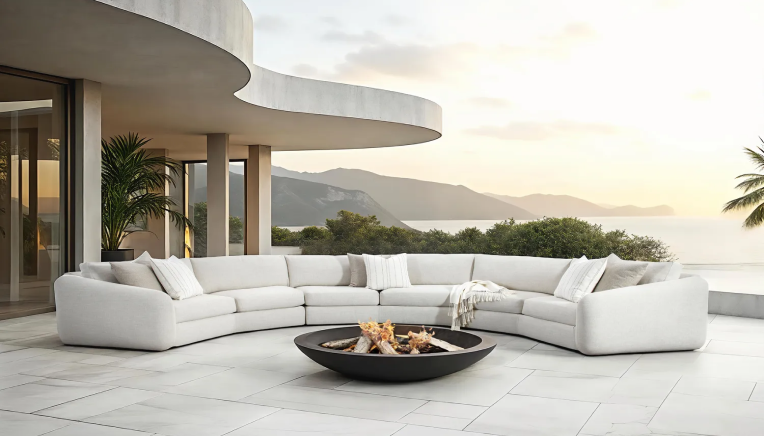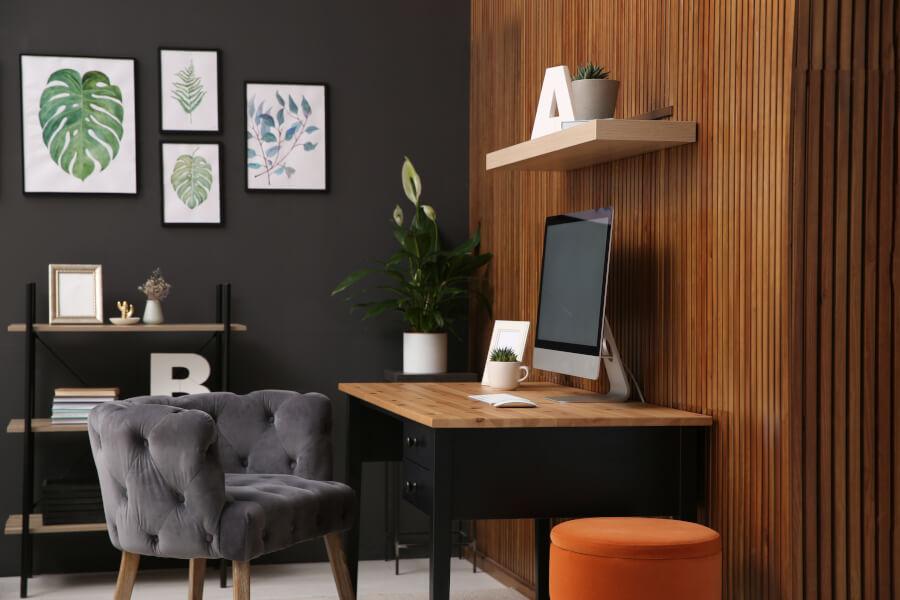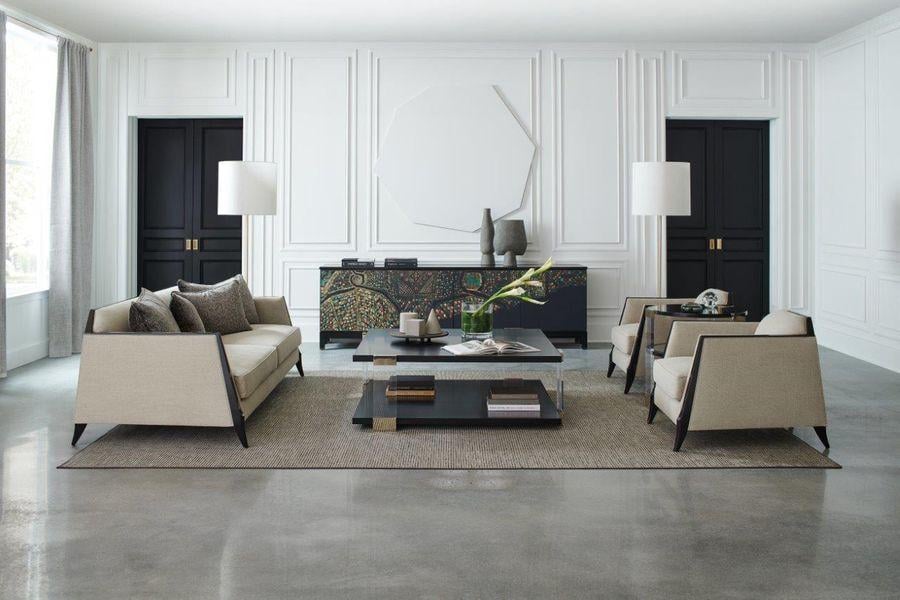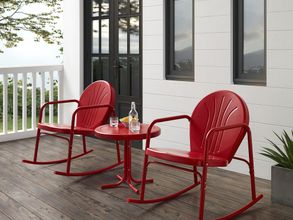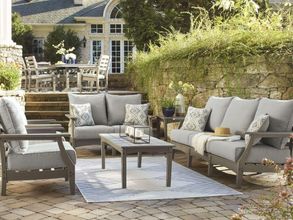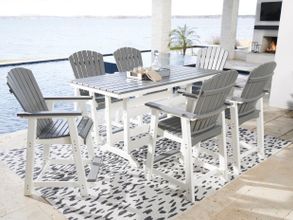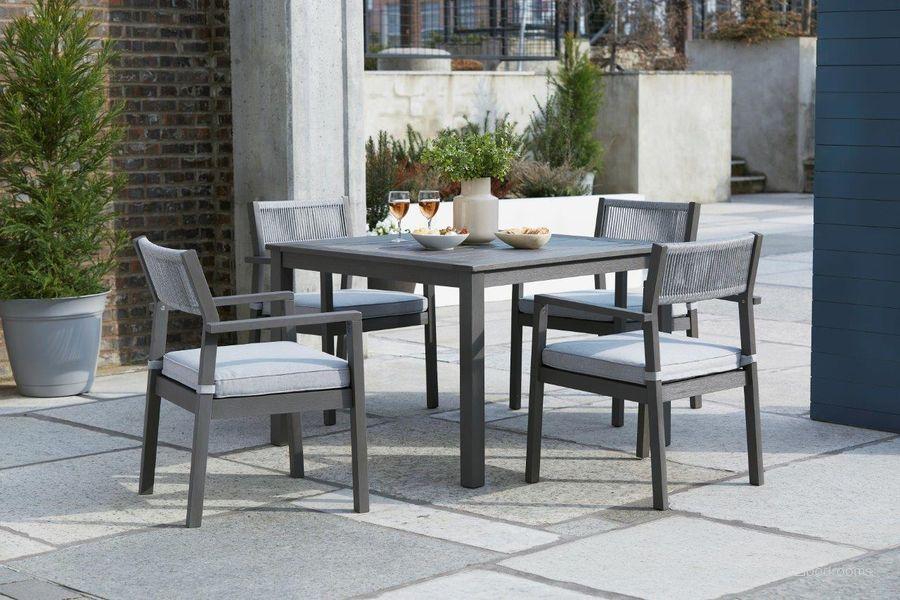
Have you ever paid for a piece of furniture for its design only to regret your decision? Maybe the piece turned out to be of lesser quality than you thought, or it just didn't meet your needs. Whatever the reason, everyone will experience buyer's remorse at least once in their lifetime. You should know a few things when choosing the right material for your furniture.
Why You Should Choose the Right Material for Your Outdoor Furniture?
Outdoor furniture is constantly exposed to harsh weather and environmental conditions. Choosing suitable materials, from wood to metals, plastics, and concretes, will help preserve your furniture and ensure its durability.
With the variety in the market now, understanding the different types is essential for choosing one that ticks your boxes. This article explores the different types of materials for outdoor furniture and how to determine the right one for your needs.
Factors to Consider When Choosing Materials for Your Furniture
When setting up your patio, choosing the right materials for your outdoor furniture is most important. From durability to maintenance, there are a few factors to consider when selecting quality materials for your outdoor furniture. Some of the factors include:
1. Durability
The material you choose for your outdoor furniture should withstand prolonged exposure to external conditions. It is resistant to wear and can be used for a long time.
A durable material will be able to withstand harsh external conditions without causing damage to the furniture.
2. Weather/Environmental conditions
Outdoor furniture often has to endure scorching heat, strong winds, heavy rains, and other harsh weather conditions. Ensuring that your outdoor furniture is made of material that can resist these external factors is important for its longevity.
3. Weight
If you like rearranging or changing your decor style, you should opt for lightweight materials. They're easy to move around and handle. Furniture with heavy materials can be difficult or even impossible to move around. Although they allow easy movement, lightweight furniture can easily be knocked over and scratched, broken, or damaged.
4. Maintenance
Another factor to consider when choosing a material is how easy it will be to clean and maintain. Some materials are super easy to maintain and only need a simple wipe or a light rinse, while some require special care to avoid damage. Knowing the specific requirements for your furniture is important if you don't want to spend half your week reapplying or polishing your furniture.
5. Cost
Materials vary in price depending on quality, design, durability, etc. Having a budget when buying furniture will help you prioritize your essential needs. High-quality materials are usually more expensive than materials with lower quality.
You must also remember that value and quality are relative, and an expensive material does not necessarily mean it is high quality.
6. Aesthetics
This is least considered but equally important when selecting material for your furniture. Your furniture does not have to look dull. Your design and color can easily reflect your style and preferences.
Types of Materials for Outdoor Furniture
Plastic
Plastic materials are generally less expensive and very easy to maintain. They are highly water resistant and can withstand heavy rainfall. They're lightweight and come in different colors and designs. Most people go for plastic furniture because of the variety of colors and designs they offer. They're very stylish and commonly used.
Pros
- Plastic furniture is water resistant
- Affordable
- Easy to maintain
- It comes in a variety of colors
- Resistant to rust, mold, or algae
- Eco-friendly and recyclable
Cons
- Lightweight and can be knocked away by strong winds
- Direct exposure to the sun can fade colors
- Susceptible to fire and other elements
- Relatively short lifespan
Concrete
Concrete furniture is highly durable and can withstand impacts and heavy items. Although it does not come in different colors and designs, it is versatile and can be molded to suit your preference. It can even be paired with another material to make it look more trendy. Concrete furniture can be resistant to heat, fire, decay, animal bites, and scratches.
Pros
- Highly durable
- Easy to maintain
- Long lifespan
- Can withstand any climate
Cons
- Concrete furniture can be too heavy(impossible) to move around
- Highly susceptible to cracks after extended exposure to direct sunlight
- Concrete furniture can be uncomfortable to use and may need to be padded or cushioned for comfort
Aluminum
Aluminum material is a popular choice for outdoor furniture because of its durability. It is lightweight and easy to maintain. Aluminum is versatile and can be designed to suit your preference.
Pros
- Resistant to decay or rot
- Lightweight
- Easy to maintain
- Durable and sustainable
Cons
- Due to their high quality, aluminum materials are usually expensive
- It absorbs heat and can be uncomfortable when exposed to direct sunlight or extreme heat
- It may require frequent coating reapplication to prevent rust
Cast Aluminum
Cast aluminum is popular for its durability and intricate designs. It is versatile and can be molded into different unique designs. Cast aluminum is of higher quality and slightly heavier than ordinary aluminum.
Pros
- Highly durable
- Water-resistant
- Low maintenance
Cons
- It absorbs heat and can be uncomfortable to use in hot temperatures.
- Expensive
Teak
Choosing the right type and quality of wood is very important. When exposed to environmental conditions, you don't want mold, algae, or moss to grow on your furniture.
Teak material is one of the best choices for wooden outdoor furniture. It contains natural oil that makes the wood water-resistant and highly durable. Investing in high-quality teak material will guarantee you longevity and sustainability.
Pros
- Heat resistant
- Relatively affordable
- It is highly durable because it contains natural oils that make it resistant to decay or rot
Cons
- It can be too heavy to move around
- Susceptible to mold, moss, and decay
- Teak furniture can fade after extended periods of exposure to weather conditions
- High maintenance. The teak may require frequent recoating/ polishing to prevent it from decaying over time
Rattan
If you're looking for elegant and highly sophisticated, rattan furniture is an ideal choice. It is a unique type of material crafted from natural as well as synthetic fiber. Rattan furniture is aesthetically pleasing and can be woven into different designs and shapes.
Pros
- Low maintenance
- Lightweight. Easy to move around or rearrange
- It can be styled into modern and sophisticated designs
- Natural rattan is eco-friendly and synthetic rattan is made with recycled materials
- Quality determines weather resistance. Natural rattans cannot withstand prolonged exposure to harsh weather conditions. Synthetic rattans are designed to withstand extreme weather conditions
Cons
- Rattan furniture is expensive
- It can be uncomfortable to sit on for prolonged periods without cushions
- Natural rattan is not water resistant and is susceptible to mold and rot
- Color fades when exposed to direct sunlight for long periods
- Prolonged exposure to sunlight can weaken natural rattan causing it to become brittle and break

